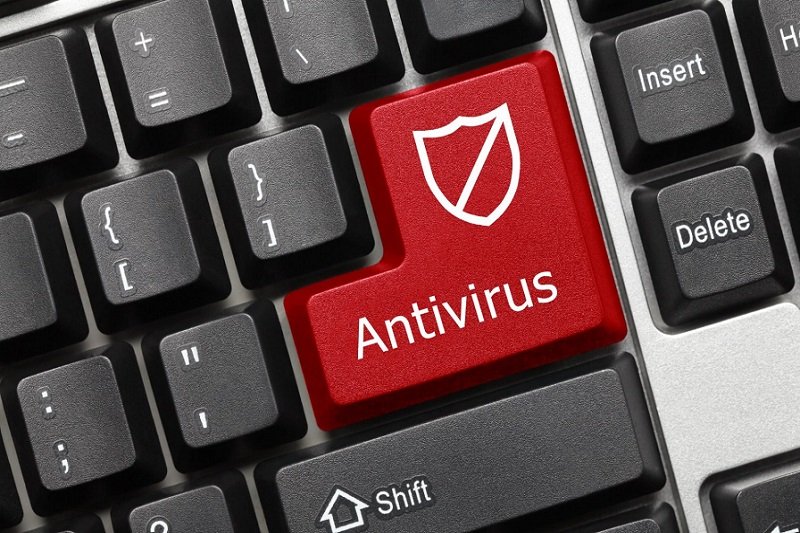Can Anti-Viruses Protect Systems Alone?
Cyber Threats Are On The Rise And Are Easily Targeting Home Or Business Users. Interestingly, Malware Attacks, Especially Ransomware, Have A High Success Rate And Can Easily Victimize Organizations, Companies, And Home Users.
Anti-Viruses, In the meantime, Iranian users are more likely to fall victim to these attacks. For various reasons, they do not have access to the original software and download the broken locked software and the crack.
Unfortunately, in some cases, the zipped files are infected with malware and ransomware, and they start working when the user unzips them. It raises the critical question of whether anti-virus software alone can protect systems at this time.
Hackers carry out cyber-attacks intending to abuse organisations’ communication infrastructure and systems and home users’ computers, mostly with financial motives. After infecting victims’ systems with ransomware, hackers force the victim to pay a ransom and cryptographic information.
As a result, ransomware attacks can have devastating consequences for home users and organisations and cause various problems, such as interrupting users’ access to valuable data or services.
Research in this area shows that the primary target and victim of most attack vectors are organisations.
In 2019 alone, one in five small to medium-sized businesses fell victim to ransomware attacks and suffered heavy losses.
Security experts and advisers believe that such attacks are due to weaknesses in the IT infrastructure and the lack of security solutions. They think that anti-viruses alone are no longer enough to prevent systems and networks from becoming infected with malware. It is better to use additional security solutions to secure the infrastructure. Interestingly, it is always possible to infect ransomware by clicking on a malicious link in an email or visiting an infected website.
Users need more than just an antivirus to protect their data.
Over time, online attacks have evolved, and hackers use creative methods to distribute malware and infect systems. For this reason, anti-virus solutions should not be considered an adequate defence shield to protect sensitive data and information, as they cannot provide 100% security. Antiviruses provide only superficial layers of protection useful for countering early threats but cannot synchronise with growing complex malware attacks.
One of the reasons for this is the constant updating of the anti-virus database. To be more precise, anti-viruses can only offer a robust security capability if they are connected to the network at all times and update their database, which is not possible for both ordinary users and companies. Companies need time to analyse malware, and a small, simple change in performance will make all analytics ineffective.
On the other hand, users are reluctant to do so because bandwidth needs to be consumed permanently.
In general, antiviruses perform well in covering threats such as worms, viruses, and trojans, but advanced malware (ransomware, phishing, and other social media threats) can bypass antivirus software. Although anti-malware products can neutralise threats such as worms, viruses and simple trojans, they do not perform well against advanced malware like ransomware, phishing attacks and other new social media threats.
For example, during the outbreak of attacks such as WannaCry and NonPetya (which try to infect victims ‘computers by sending spam), anti-viruses were unable to detect them, and these viruses continued to operate on victims’ systems for a long time.
Security consulting firm Heimdal analysed one of the ransomware attacks that implement by sending spam. Heimdal did this by looking at how long it takes for antivirus engines to detect advanced malware.
According to a report by the company’s research team, by installing NanoCore malware on victims’ devices, cyber attackers persuade them to click on a malicious link.
At the time of the attack, only five of the 64 antiviruses could detect the malware.
Nearly a week after the attack began, 37 of the 64 antiviruses detected the malware. These statistics show that the detection rate of antiviruses in the early stages of the episode is relatively poor.
Therefore, antiviruses alone cannot withstand complex ransomware attacks and are typically ineffective in blocking this attack model. Even the pattern of many cyberattacks that run today is not recorded in the antivirus database. For this reason, it is essential to take a multi-layered security approach to protect against rapidly spreading ransomware.
Antivirus Scanning and Detection Method Antivirus is reactive rather than proactive, and the newer the malware, the harder it is to detect by antivirus. The purpose of implementing a multi-layered security system is to stop cyberattacks at different layers.
Thus, ransomware can continue to infiltrate infrastructure and systems and easily steal sensitive information.
Interestingly, hackers can use various methods to manipulate data transmitted over Internet protocols and achieve their malicious goals. At present, everyone spends more time in cyberspace without worrying about security risks.
Security experts believe that all users should be able to search their favourite websites safely. Therefore, it is recommended that people use tools that filter traffic to better deal with threats that antiviruses cannot block.
In general, it is recommended that you increase network security as much as possible and take care of your digital assets. Please do not wait for something terrible to happen and then think about treating it.











